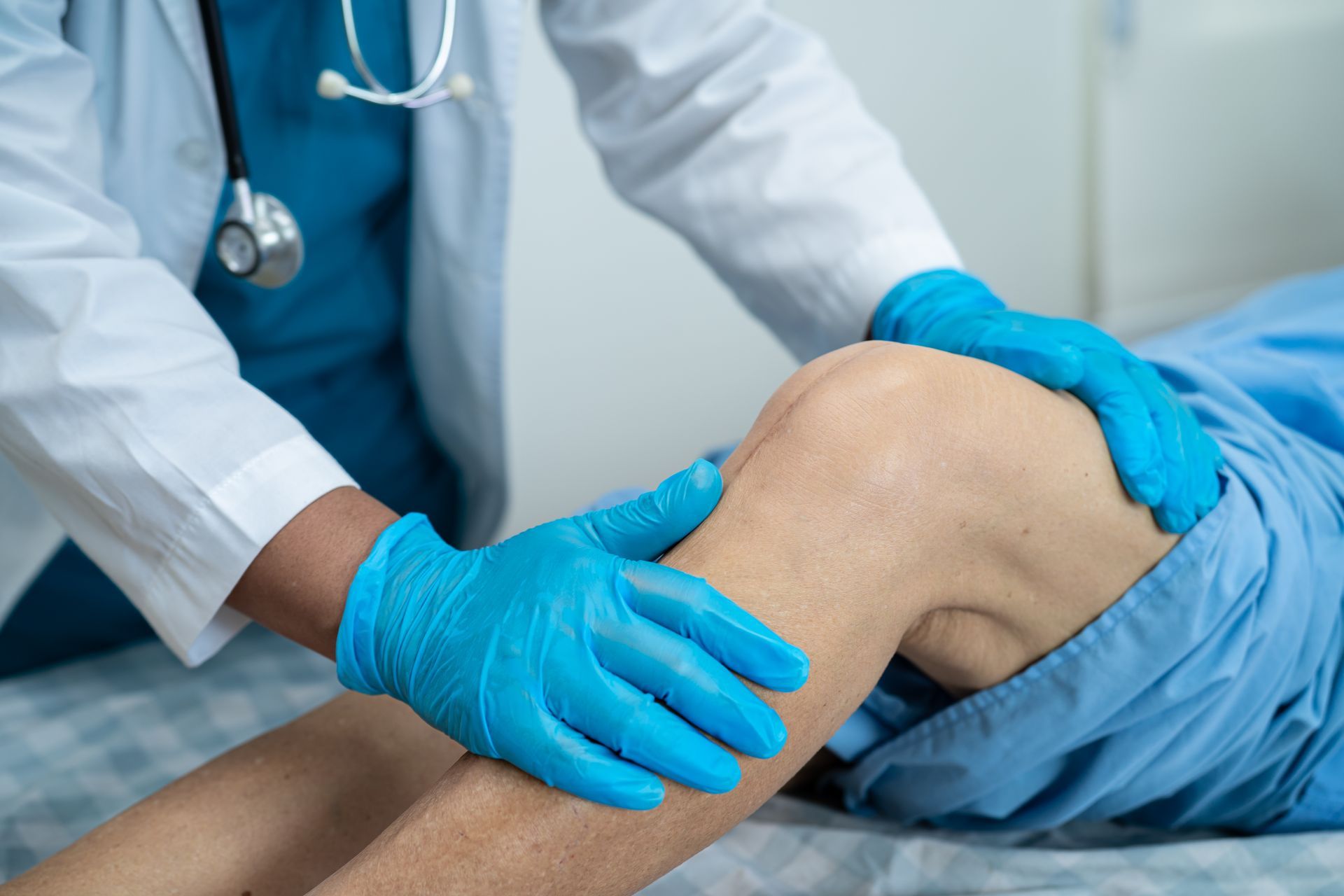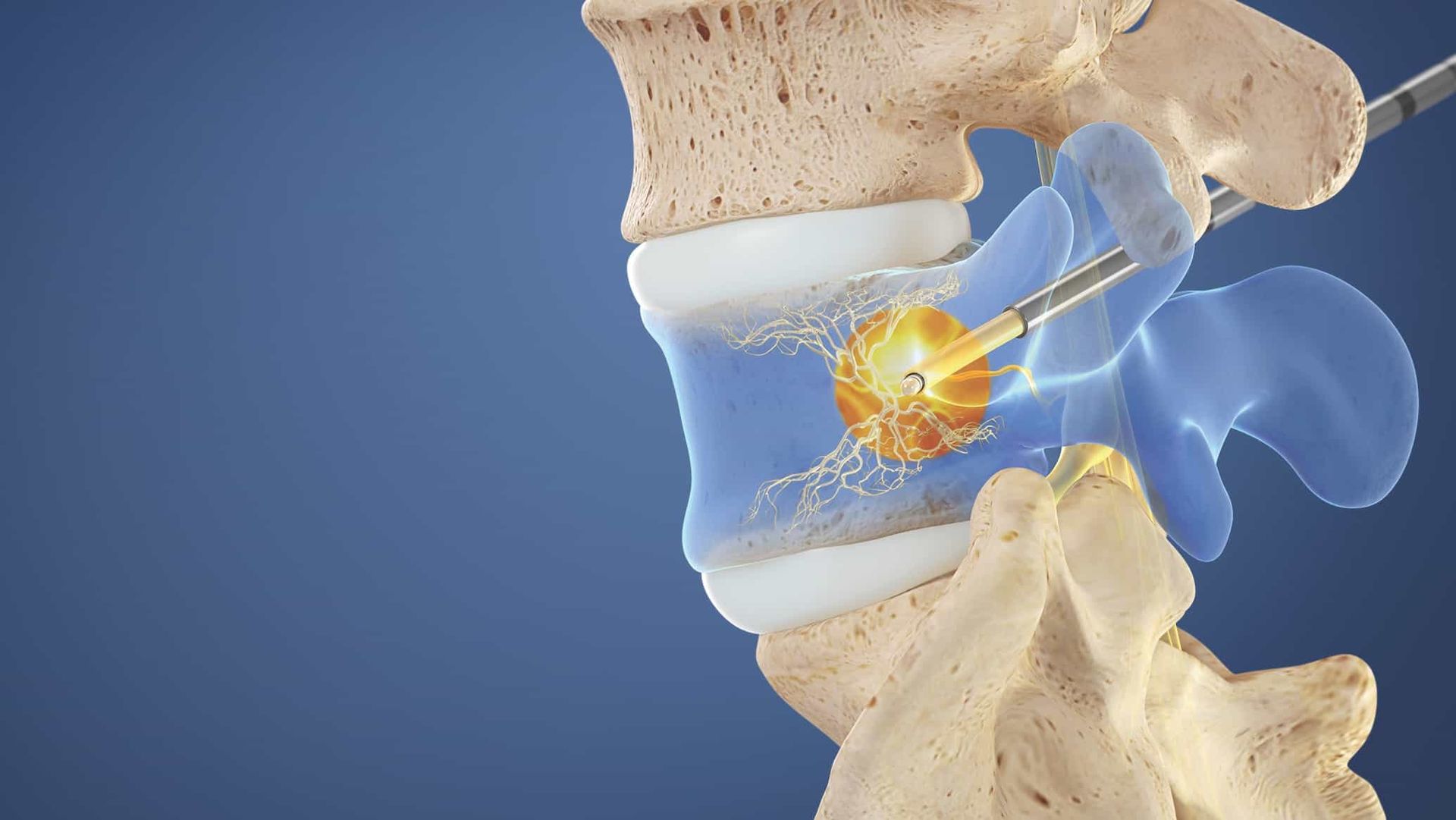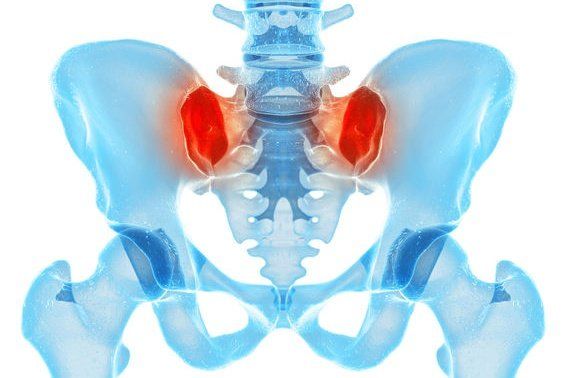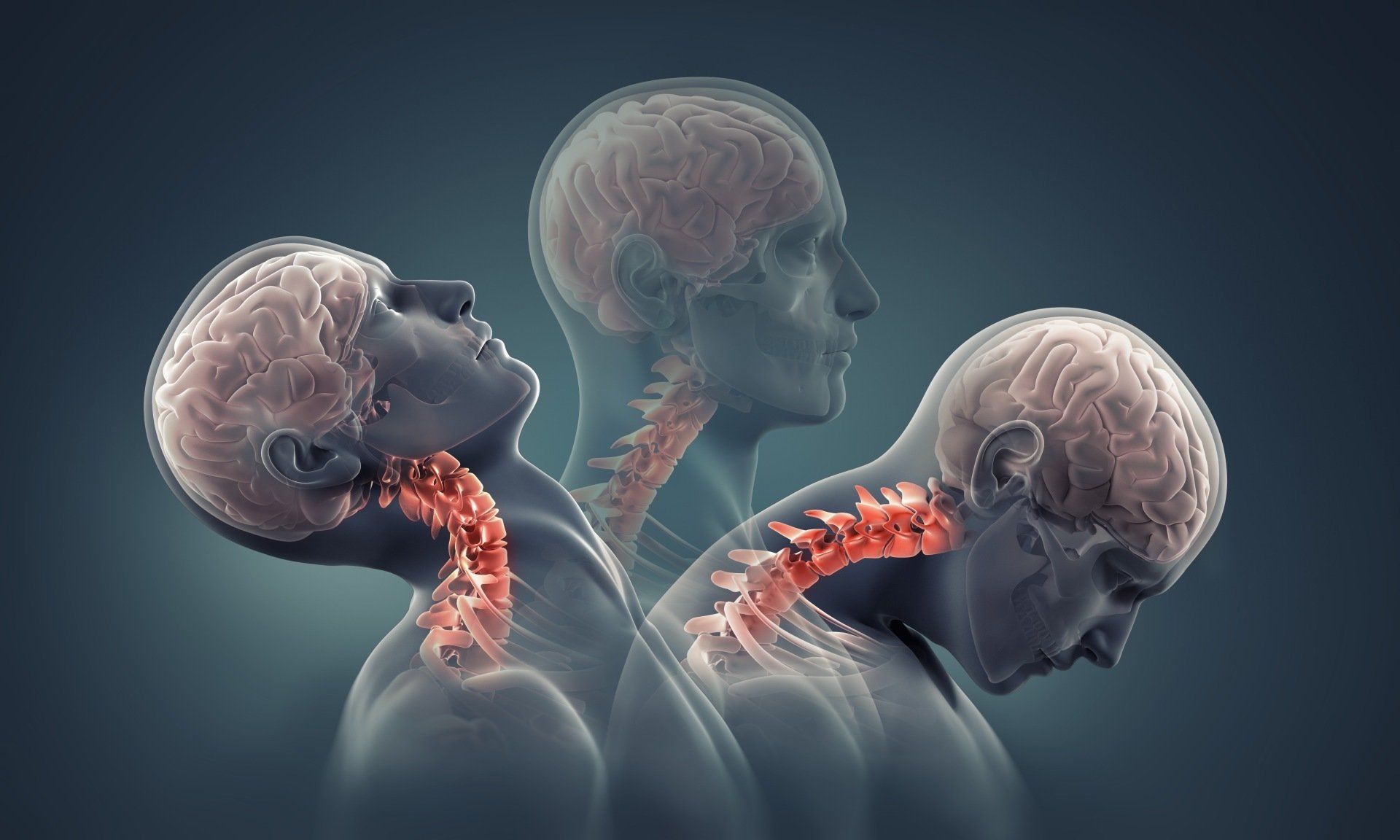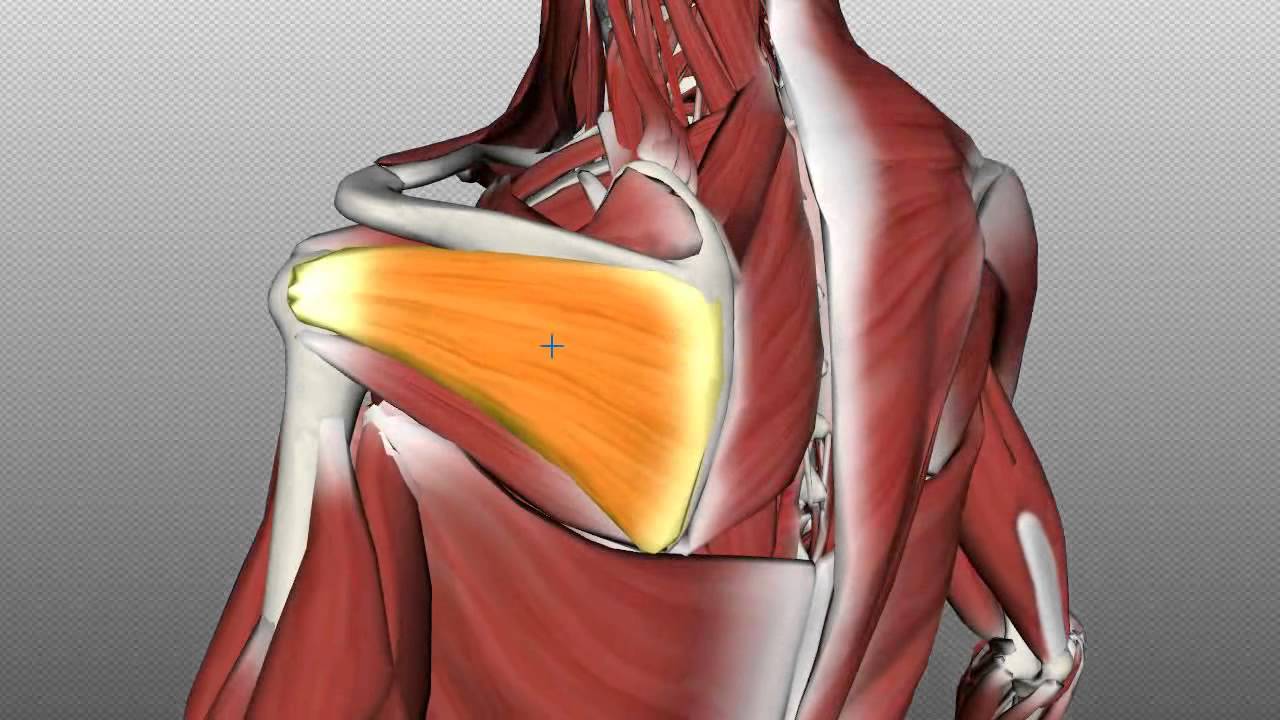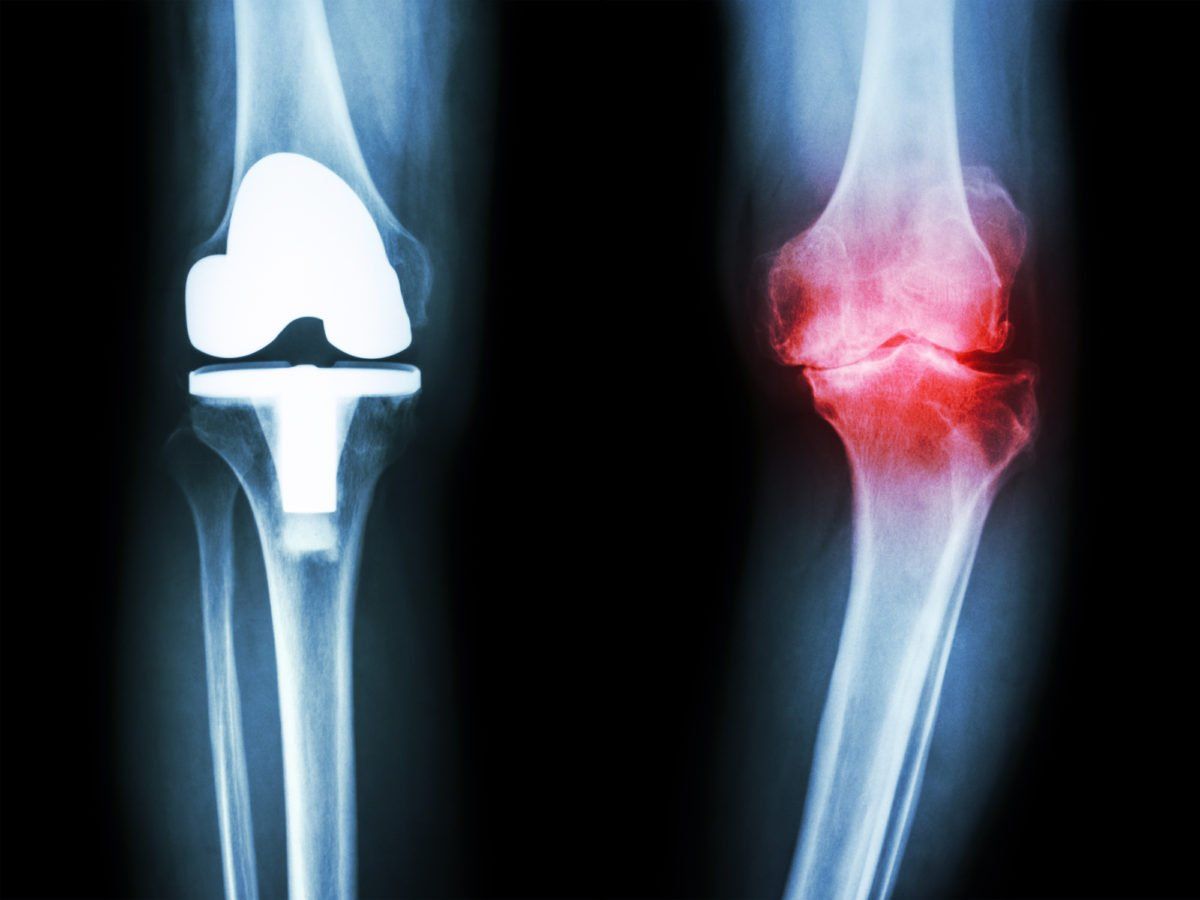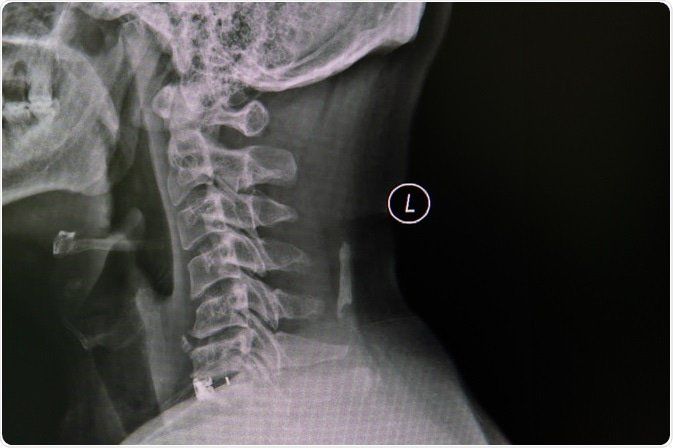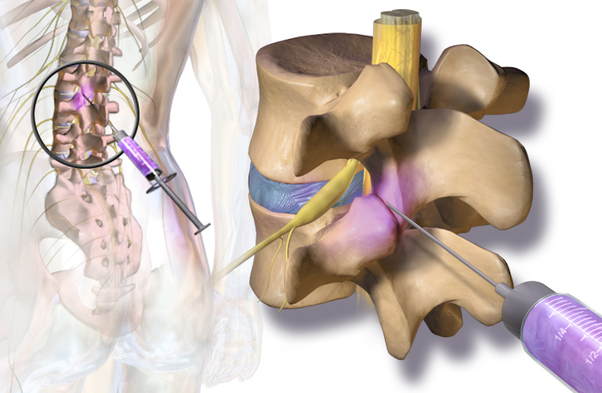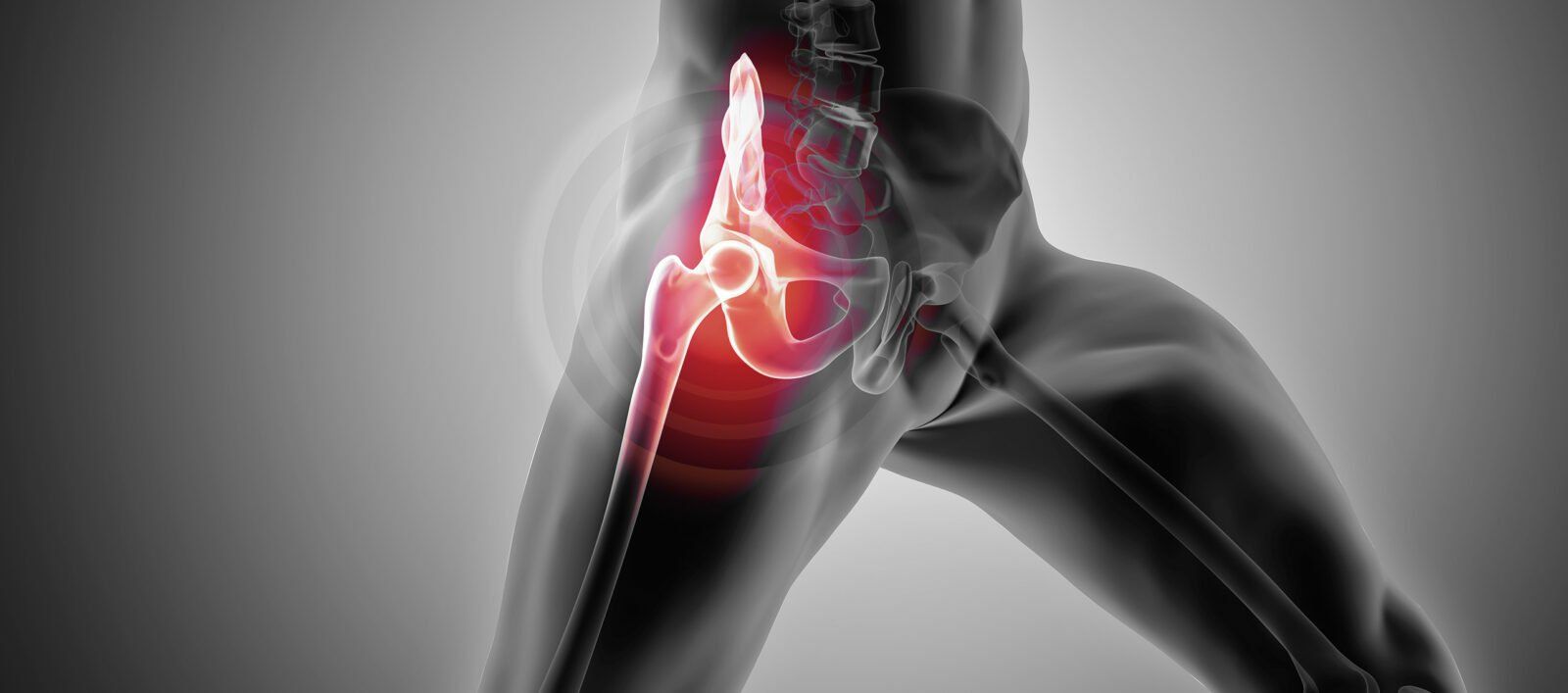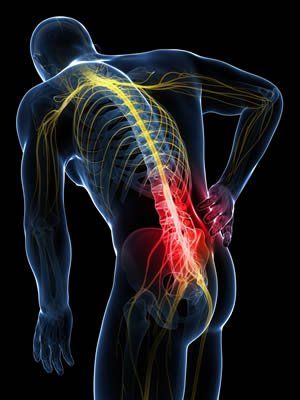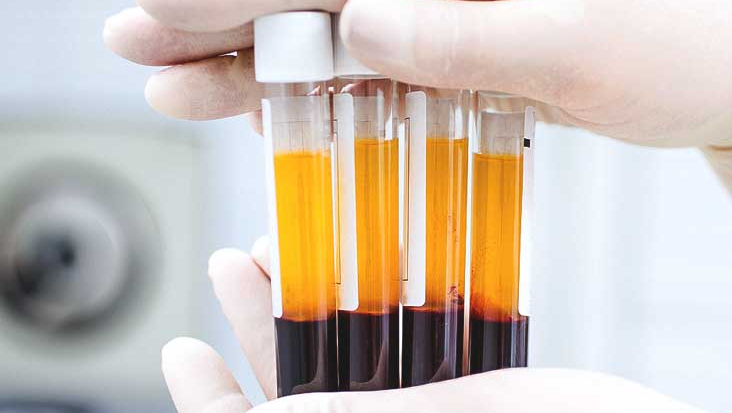Services
Platelet Rich Plasma (PRP)
Platelet Rich Plasma (PRP) is a concentrated mixture of platelets and plasma, both of which are
components of blood. Platelets contain healing chemicals, such as “growth factors” which, upon
their release, recruit other cells to a site of injury to help repair the damaged tissue. PRP is created by taking a sample of your own blood, in a process similar to that for routine blood work, and spinning the sample in a machine called a centrifuge. The centrifuge separates out and concentrates a portion of your blood that contains just platelets and plasma, hence platelet rich
plasma. This PRP is then injected back into the damaged area, thus delivering high concentrations of healing factors needed for repair.
How many PRP injections do I need to have done to obtain the desired results?
There is no set standard in terms of number of injections that are required to obtain the desired
results. Although some patients may require more than one therapy session, ideally we would
like to reassess after each procedure in order to determine whether further treatment is needed.
Which conditions can PRP treat?
Fortunately, regenerative medicine can be used in some of the most common conditions known
to cause pain, including osteoarthritis, tendonitis, repetitive strain trauma, and myofascial
(muscle/tendon/ligament) pain. These conditions affect common problem areas including the neck, back, shoulder, hip, knee, ankle, and the wrist to result in conditions such as lateral and
medial epicondylitis, plantar fasciitis, carpal tunnel syndrome, spinal disc pain, rotator cuff
pathology, whiplash injuries, and others. These maladies are all issues that could be treated with
PRP injections.
Can PRP be done in office or does this procedure need to be performed at a surgery
center?
In general PRP procedures can be performed in clinic, but certain treatments, such as spinal discs
or patient preference may necessitate a surgery center.
If I require image guidance which modality will you use?
Image guidance can be done under either x-ray or ultrasound. The decision for either will be patient and condition dependent.
I’ve heard of different types of PRP? What exactly are the different types and what are
they used for?
Some practitioners like to use something called Leukocyte-Rich (LR) versus Leukocyte-Poor (LP) PRP. The difference is that LR PRP mixes in more white blood cells known as leukocytes which can introduce more inflammation. One may think that since we are trying to induce inflammation that we should perform LR PRP for all conditions, but this is not the case.
Depending on your ailment your practitioner will determine which PRP may be more appropriate
for you.
